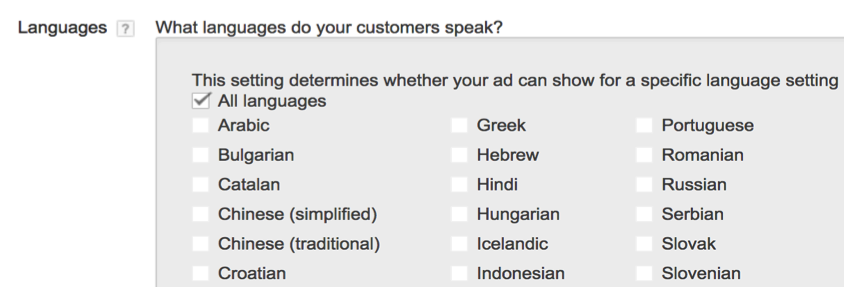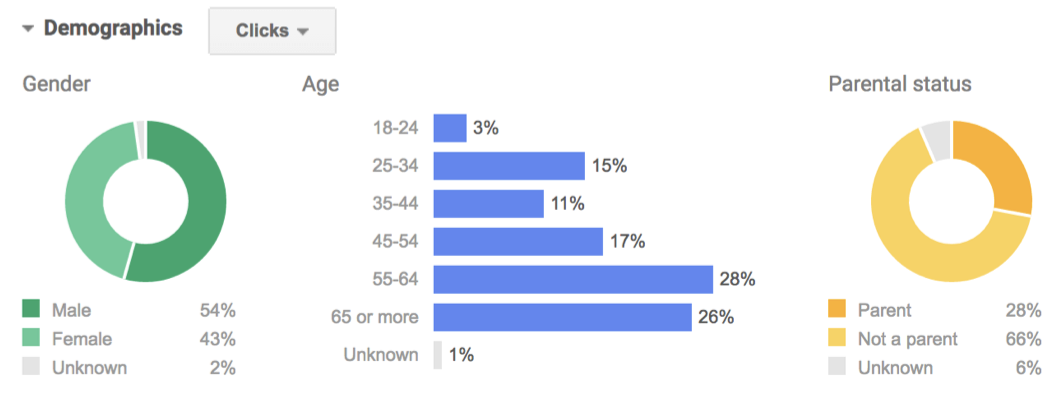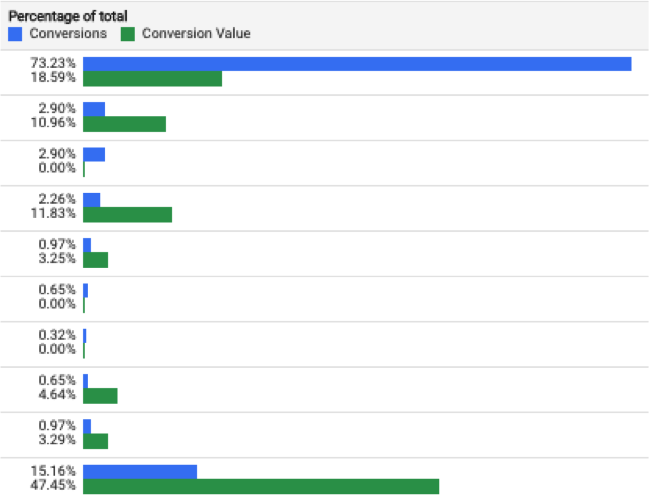If you missed it, last week we presented a two-part webinar series around the Travel Industry. Part one was a case study on how we increased ROAS by 50% over the course of a few months by implementing Gmail Ads. The second part focused on the travel industry as a whole and 5 tips that every travel marketer should know. If you missed them, never fear, they can be found here.
Today, I’m going to focus on the later of the two and go back over the 5 vital tips for travel marketers. From competitors to seasonality, we have experienced the ups and downs and want to share our experience with you!

Know Your Audience
One of the most important aspects of marketing as a whole is knowing your audience. While this goes for all verticals, it’s even more important in the travel industry due to the time and research that goes into planning and booking travel. In travel, your audience should be viewed as potential lifelong customers who will come back for more in the future.
When thinking about your audience there are several variants that can be capitalized on in PPC to target just the right users. They are as follows:
- Income
- Demographics: age/gender
- Geographic location
- Customer Match
- Similar Audience targeting
- Keyword targeting
- Domain targeting
While you have all of the above options, it’s best to know your PPC indicators before creating a granular audience. In PPC, you may find that users who convert via paid search may not fit the persona of those who convert directly. Google Analytics can help you narrow down your audience. Some questions to ask yourself include:
Do users who book fall into a specific income range?

What language do users speak?

What is the age range of those who book?

Once you have figured out who your audience is, you can begin creating the targeting in AdWords.
Know Your Competitors
The next aspect is to simply know your competitors. This is where you can really find out how you differentiate yourself from them. By knowing your competitors you will have the ability to customize your ad copy to focus on what makes you stand out among them. The last thing you want is to miss the mark and their ad copy to contain a feature that ranks them above you. Take the following chart for example.

To me, the most important aspect of knowing your competitors is finding out what their strengths are. Once you know this, you know exactly what you are going up against and will have a firm understanding of what makes you stand out when compared to their strengths.
Ad Copy Is Key
This is arguably one of the most important aspects of marketing as well. Ad copy. I have seen many times when ad copy completely devalues a product or brand because of the way it was written or the content within. In the land of marketing, first impressions are key and typically stick in a users mind about what your brand portrays and offers. Take a step back and ask yourself, “If I was to see this, my first reaction would be?”
Along the lines of ad copy is testing and we love ad testing at Hanapin. It’s how winners and losers alike are found. It allows us to try new things without a complete risk of failure. Think of it as part of your strategy and not a nuisance. The end result is developed ad copy that has been shaped and tested in front of those who matter most and who are the ones you want to impress.
Finally, utilize those ad extensions. Ad extensions were created for a purpose and that’s to be the assistants to the main ad. Everyone needs to have a backup and that’s the purpose of ad extensions. To expand information given in the main ad. Don’t be afraid to test out new extensions and use them to highlight features that didn’t make it into the ad.
Be Patient
We have all heard, “Good things come to those who wait.” Well, that is most definitely the case with the travel industry. We have found that users aren’t going to make a purchase immediately after the click.
Take the following table for example.

In this graph, you can see that the majority of conversions, which can be any form of a conversion, came in right away. However, the monetary value doesn’t come in until 12 or more days later and in most cases, is the primary focus. The travel industry is a heavily researched base process that includes a thought process from the time an ad is viewed to the time the purchase is made.
Seasonality Is A Real Thing
Finally, don’t forget about seasonality and don’t assume that PPC is going to line up with what you have seen via other channels. Focus on the PPC side of things to determine the following;
- What is your business’ seasonality for products, services, or offers?
- What is your paid search performance during good parts of the year and bad?
- How can you adjust your strategy based on your business’ seasonality?
Once you figure out the seasonality of your business, use that to your advantage. Check out the following chart.

During the high season, focus on bringing back those users who perused your site but never purchased. Also, ensure that your ad copy stands out because if it’s your high season, it’s probably your competitors high season too. During the low season, find new users to build up your remarketing list and prepare for the high season by setting up offers and having them ready to go!
Conclusion
These are just 5 tips that we have found to be a vital part of the travel industry. While every business is different and has a different product set, they help align your focus and direct the overall strategy.



